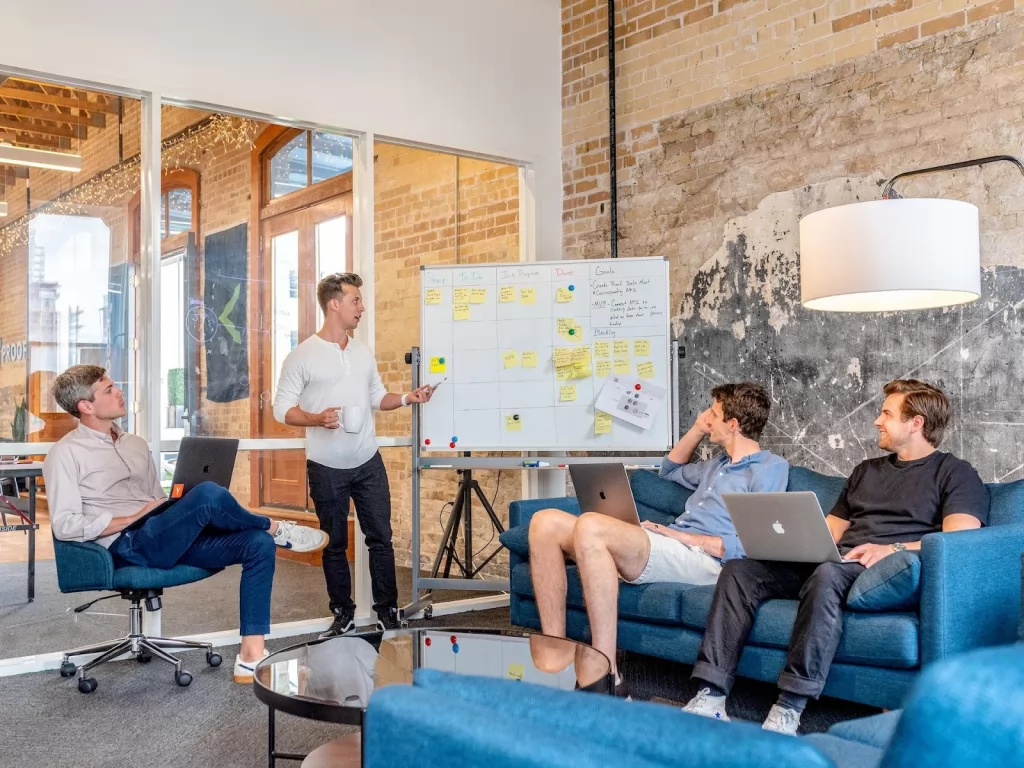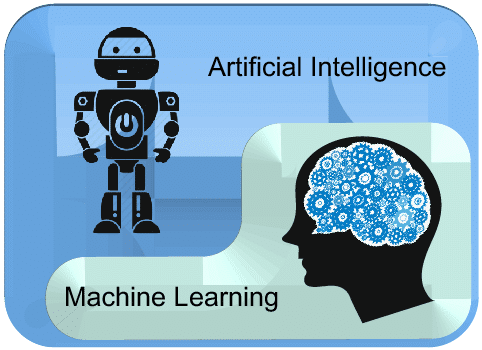In today’s dynamic digital era, Software as a Service (SaaS) stands out as a transformative force. Companies, irrespective of their size, are progressively adopting SaaS platforms for their efficiency, scalability, and versatility. This guide offers a panoramic view into the intricacies and nuances of the SaaS product development process.
The transition from conventional software models to SaaS has birthed a unique development approach. Unlike traditional software which may be developed, launched, and then occasionally updated, SaaS products are ever-evolving entities. The continuous growth model is the essence of the SaaS development lifecycle (SaaS DLC).
Phases of the SaaS Development Lifecycle (SaaS DLC)
Let’s consider the main steps involved in the development of SaaS product:
Idea and Planning
The journey of every groundbreaking SaaS product begins with an idea, a spark. However, for it to be effective in the crowded SaaS market, it must be aligned with the market’s needs and demands.
Vision and scope of the SaaS product: At this juncture, it’s imperative to establish a clear and compelling product vision. Understanding the broader SaaS ecosystem is crucial. Your vision should resonate with a sustainable business model that emphasizes value-based pricing models and innovative customer acquisition strategies.
Market research and target audience: Diving into extensive market research is non-negotiable. As the appeal of the SaaS model expands, a profound understanding of your niche becomes quintessential. Your endgame? A SaaS solution tailored to address particular market voids.

Designing with User-centric Principles
A SaaS product’s success isn’t solely anchored on its functionality; the user experience (UX) plays an integral role.
Importance of user experience in SaaS products: The rise of SaaS platforms hinges on their prolonged use. By imbibing user-centric design principles, you ensure that every user interaction is meaningful, driving loyalty and user retention.
Prototyping and feedback loops: Designing a holistic SaaS product is an iterative process. Early prototypes serve as tangible manifestations of your SaaS project, granting stakeholders the ability to interact, critique, and refine the product blueprint.
Development and Testing
Post-design, the heart of the SaaS product development stages comes alive during the development phase. This segment involves translating design prototypes into functional SaaS platforms.
Choosing the right technology stack: A SaaS product’s efficiency, security, and scalability are deeply tethered to the technology stack chosen. It’s not just about picking popular tools; it’s about understanding the unique demands of your SaaS solution and selecting a stack that synergizes with those demands.
Role of cloud computing and multi-tenant architecture: The genius of SaaS development finds its roots in cloud computing. Utilizing cloud-based solutions coupled with multi-tenant architecture allows developers to construct adaptive SaaS platforms. These platforms cater to a diverse user base without compromising on performance or security. Such an architecture ensures that multiple customers can use the same application while their data remains isolated.
Deployment and Cloud Infrastructure
Deployment is the stage where your SaaS application meets its end-users. But it’s not just about going live; it’s about ensuring a seamless experience for every user.
Benefits of cloud-based solutions: A key differentiator of the SaaS model is its absence of hefty downloads or installations. Everything functions on the cloud. This eliminates compatibility issues and ensures that updates are seamless, providing users with the latest features without manual interventions.
Ensuring scalable cloud infrastructure: As your SaaS product garners attention, the influx of users will surge. It’s imperative that your cloud infrastructure is designed to scale effortlessly. Leveraging sophisticated cloud services guarantees your SaaS platform’s performance remains impeccable, even under heavy user loads.
Continuous Product Iteration and Improvement
The nature of SaaS products is fluid, not static. As users engage with your platform, they offer feedback, both overtly and covertly.
Incorporating user feedback: This feedback is the lifeblood for SaaS lifecycle management. By continually aligning your product with real user needs and feedback, you ensure the longevity and relevance of your SaaS product in a competitive marketplace.
Lifecycle management and frequent updates: Regular updates are twofold. They not only rectify bugs but also roll out new SaaS product features, making certain that the platform is consistently fresh, secure, and attuned to its users’ evolving needs.
Key Components in SaaS Product Development
While traditional software development and SaaS product development may seem intertwined at first glance, there are unique facets that differentiate the two.
Differences Between SaaS Application Development vs. Traditional Software Development
Traditional software often revolves around a linear model: design, develop, release, and occasionally update. SaaS products, on the other hand, thrive on a circular paradigm. The development, feedback, and improvement processes are ongoing, iterating at every phase of the software development lifecycle.
The Backbone of SaaS: Cloud Services
Cloud services aren’t merely an option for SaaS; they are its lifeblood. These services furnish the indispensable infrastructure, rendering it feasible for ventures to proffer solutions minus the intricacies of tangible software distribution.
Building a Successful SaaS Development Team
Behind each unparalleled SaaS platform is a dedicated and skilled development team, armed with the expertise to navigate the unique challenges of SaaS.
Crafting a SaaS application transcends coding. It demands an in-depth comprehension of cloud infrastructure, multi-tenant architecture, and the idiosyncrasies of SaaS. Often, a collaboration with a specialized SaaS development company becomes invaluable, tapping into this expertise and ensuring the SaaS project is steered with precision.
A SaaS project isn’t a solo endeavor. A harmonized ensemble of SaaS developers, designers, product managers, and other stakeholders ensures the project’s trajectory remains focused and fruitful. Effective communication, mutual respect, and a shared vision are the linchpins for the project’s success.
SaaS in the Modern Market Landscape
SaaS products have reshaped the software ecosystem, offering businesses agility, scalability, and cost-efficiency.
The SaaS market is burgeoning, with businesses gravitating towards these solutions for their operational efficiency and cost-effectiveness. With the added advantage of cloud services, businesses can scale without significant overheads, adapting swiftly to market changes.
The future is promising for SaaS. As technology evolves and businesses lean towards cloud-based solutions even further, the demand for innovative, efficient, and scalable SaaS solutions will only amplify.
Final Thoughts
The realm of Software as a Service (SaaS) is both exhilarating and challenging. As the digital landscape evolves, so does the complexity and sophistication of user demands and market dynamics. Navigating this expansive sea of SaaS requires not just vision and innovation, but also a deep understanding of the myriad intricacies that define the SaaS development lifecycle (SaaS DLC).
This guide aims to be more than just a primer. It endeavors to be a constant companion as businesses embark on their SaaS journey, illuminating the path from mere ideas to tangible, impactful solutions. Through each stage of development, from the initial brainstorming to continuous iteration post-launch, understanding the process is pivotal. Equally crucial is the realization that SaaS product development isn’t a one-off task. It’s an ongoing commitment to refinement, user satisfaction, and technological advancement.
Moreover, in this era of rapid technological shifts, the tools and techniques we deploy today might evolve tomorrow. Hence, it’s imperative for businesses and developers to stay abreast of the latest trends, ensuring that their SaaS offerings remain relevant, efficient, and ahead of the curve.
SaaS represents more than just a business model or a software delivery method. It epitomizes the future of software — a future characterized by seamless accessibility, cloud-based solutions, and user-centric designs. Embracing the journey of SaaS product development, therefore, isn’t merely about creating a product. It’s about pioneering solutions that address contemporary challenges while being poised to tackle the demands of tomorrow.
As businesses venture into the world of SaaS, may they do so with passion, precision, and the unwavering belief that their solutions have the potential to redefine industries, foster innovation, and inspire the next wave of digital transformation.



